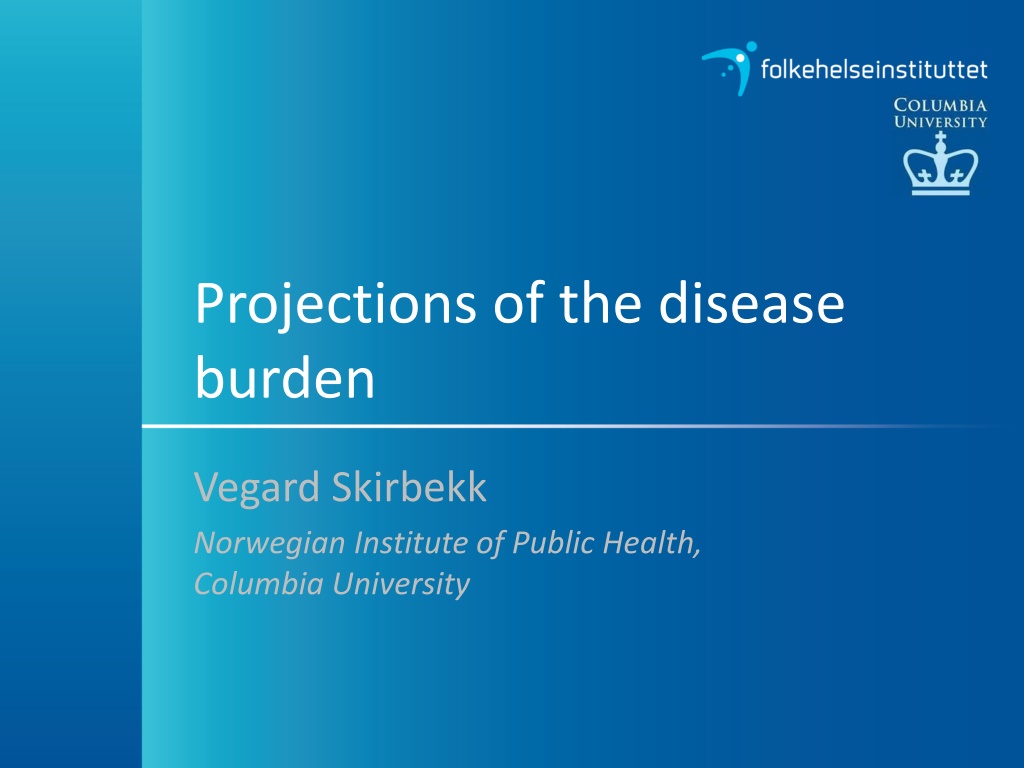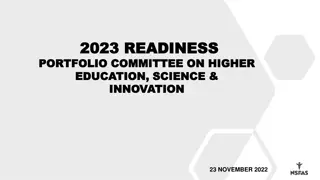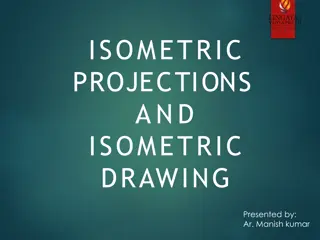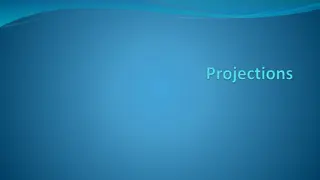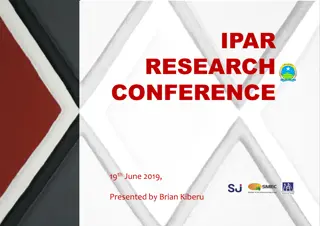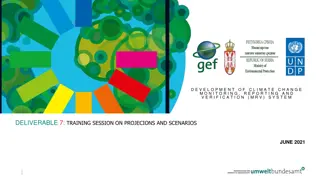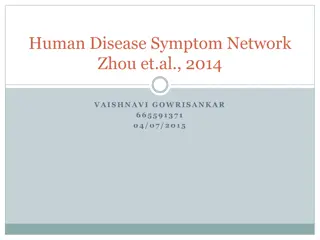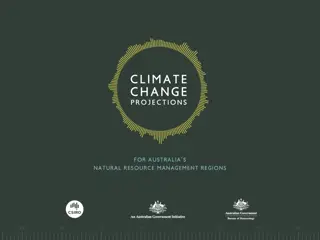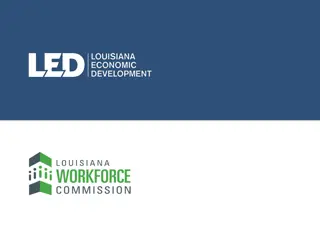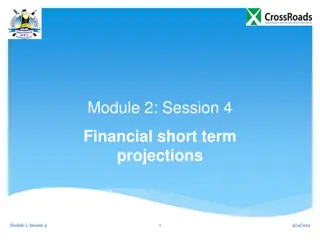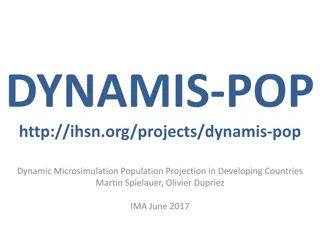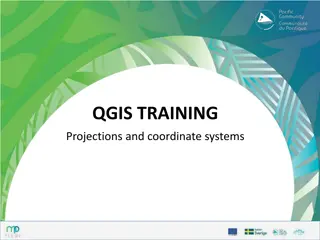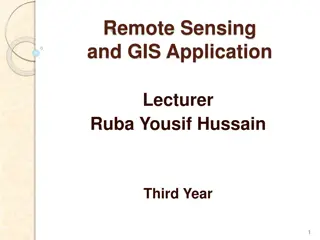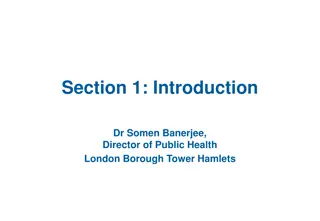Projections of the disease burden
Delve into the intriguing myth of Inanna and Dumuzi, exploring themes of power, sacrifice, and renewal. Discover the intricate narrative as Inanna descends to the Underworld and the subsequent search for restoration. Unearth the symbolism of clothing removal at each gate and the significance of Dumuzi's role in the divine cycle of life and death.
Download Presentation

Please find below an Image/Link to download the presentation.
The content on the website is provided AS IS for your information and personal use only. It may not be sold, licensed, or shared on other websites without obtaining consent from the author.If you encounter any issues during the download, it is possible that the publisher has removed the file from their server.
You are allowed to download the files provided on this website for personal or commercial use, subject to the condition that they are used lawfully. All files are the property of their respective owners.
The content on the website is provided AS IS for your information and personal use only. It may not be sold, licensed, or shared on other websites without obtaining consent from the author.
E N D
Presentation Transcript
Projections of the disease burden Vegard Skirbekk Norwegian Institute of Public Health, Columbia University
Projections Projections From expert input to statistical calibration of models Scenarios particularly important to model non-linear trends, e.g., climatic change, technological breakthroughs, conflicts, migration flows Dimensions of health relevant to project have low levels of uncertainty Disease trends, mortality trends with long monotonic trends Changes in risk factors predicting early disease Predictable risk factors, e.g., those that follow identified age- patterns, cohort-trends, where period shocks are infrequent/low likelihood Also account for eductational, value-based, work-relate change that is deemed likely to occur
Projected overall number of deaths, Norway, 2013-2030.
Findings Simple scenario based projection exercise Decreased CVD if trend continues, stable proportion Cancer, Injuries and falls Strong increase in Other Causes (including Alzheimer dementia)
Norway from high to low overweight prevalence Western Europe Norway
Lifestyle determinants that could be projected: Beliefs & education
Religion and education relates to health risk factors Education affects a number of risk factors, including risk of Alzheimer s dementia Lifestyles increasingly important for health outcomes. Lifestyles health risk factors (e.g., diet, alcohol use), disease risks and longevity. Specific risk factors less tolerated in certain religions, e.g., AIDS may be more stigmatized in religions opposed to same-sex relationships, suicide may be forbidden (Stack and Kposowa2011). Growth in Hinduism can affect vegetarianism and possible health impacts Health may also affect religion and fear of death can be an important determinant of religion. Psychological and environmental uncertainty correlates with religious belief (Barber 2011).
84% of the world population have a religion Source: ACC-PEW Report 202
